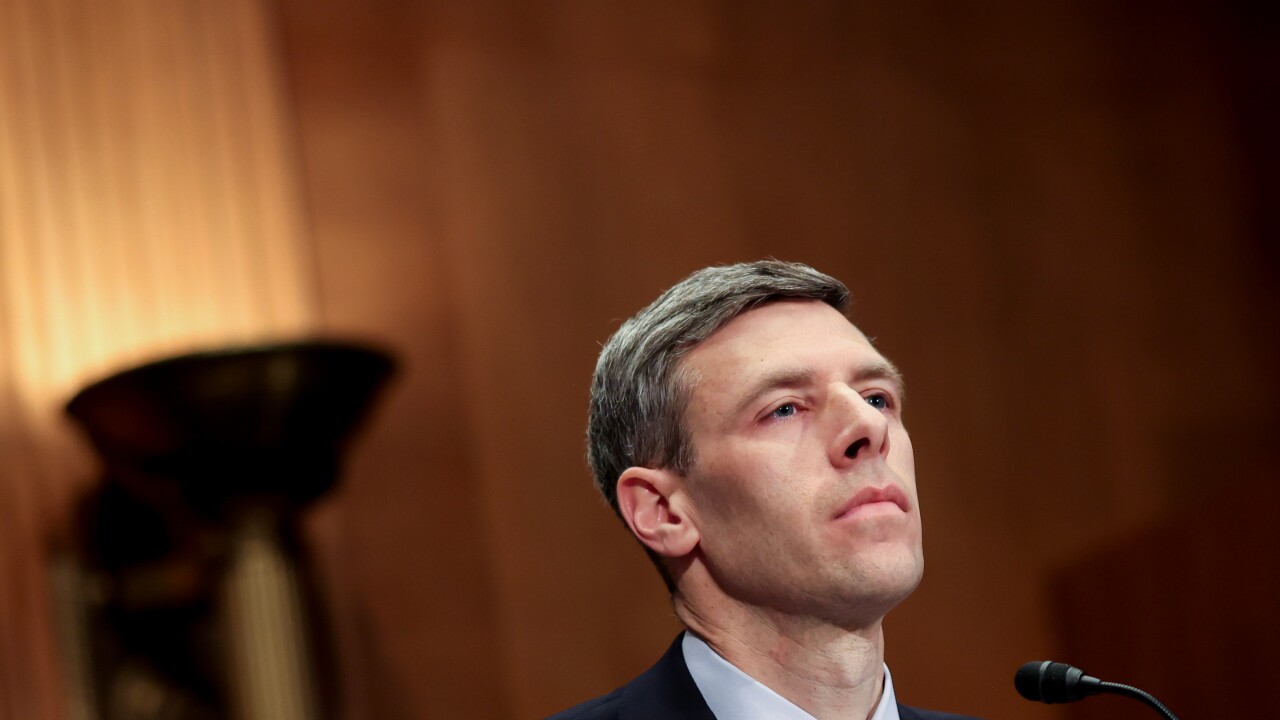While customers may appreciate insight into their financial health and spending habits, there’s a fine line that banking apps have to walk between being useful and being a nuisance.
“I think if you’re pushing generic advice, that can be creepy,” said Marie Floyd, head of digital customer experience at Wells Fargo. “If the advice is personalized and useful, customers will generally like it.”
In a crowded financial app market, banks are focused on developing apps that can deliver a friendly and engaging experience that doesn't put off customers. It's a delicate balance, they say, to rise above the noise but not be too loud.
According to the market research firm App Annie, the U.S. finance app market saw nearly 50% growth in 2017 compared to two years earlier. This includes not only apps from financial services firms, but fintechs as well; in fact the top five fintech apps boast nearly 6 million monthly active users, according to App Annie.
With so many options, banks need to adopt “a customer-centric model and embrace new digital channels to make their offerings more accessible,” said Hossein Rahnama, founder and CEO of the Canadian startup Flybits.

“However, simply putting an app into the marketplace is not all that needs to be done and in fact, having a bad platform can actually hinder customer experience and growth,” Rahnama added.
“The best way to retain your customers and keep them engaged with your app is by offering personalized, relevant and customized experiences that cater to their needs and preferences. By utilizing different data points like age, income, location, or spending habits, firms can create rich online customer experiences that keep their customers coming back."
Flybits’ secure cloud-based mobile intelligence product powers TD Bank’s “TD for Me” service. Users are sent special offers from nearby retailers, helpful tips and details on local events, such as concerts and festivals, via their mobile device, with more content and capabilities to be added in future updates.
“The No. 1 thing we look at is putting the customer at the center and solving [the] customer’s problems,” said Imran Khan, vice president of digital customer experience at Toronto-based TD Bank. “If a customer downloads an app, goes in and doesn’t have a great experience, getting them to come back is quite difficult.”
The bank also partnered with the fintech firm
Providing such insight “is absolutely critical from our perspective,” Khan said. “Engagement wins the day. When it started, mobile was looked at as a transactional channel; now it is seen as an engagement vehicle. We don’t want to risk losing that to someone else.”
In November, Wells launched a

“With the mobile channel, you are out in the world with [customers] and you can be there to help open doors to support what they are trying to do,” Floyd said.
With apps like Greenhouse, the bank is hoping to offer predictive advice to help customers manage money better, she added.
“If we notice something unusual, for example a large one-time deposit, we can recommend they set some of that aside for savings,” Floyd said. “In the beginning [of mobile banking] it was enough to just have an app; I think advice is now very important to people.”
To ensure its app experience is constantly evolving to meet customer needs, Wells Fargo employs a team of researchers, designers and content strategists solely dedicated to apps, as well as a group that “just works on future trends,” Floyd added.
The financial industry is “going through a pretty big transformation” in app use, said Amir Ghodrati, director of market insights for App Annie.
“And with change comes opportunity,” he added. “It’s different from the desktop experience; customers are looking to apps make their lives easier and to reduce financial stress.”
The ideal financial app experience would be personalized for each individual customer, said Jim Dicso, chief executive of the mobile video company Sunday Sky.
“As users take more actions, you learn more about their profile and behaviors and can deliver content that is customized,” Dicso said. “So what I say when I log in to an app would be different from what you see, and that can be based on the next best action the bank believes we should take.”
To deliver that highly customized experience, banks are increasingly investing in machine learning and artificial intelligence technology. In January, TD Bank
“It’s important that you talk about things that are personalized and important to each individual customer” in the mobile app, said TD’s Khan. Being overly intrusive “is a delicate balance we want to be careful with. You can start by making some features optional and empowering the customer to control the extent we communicate with them. It’s important to communicate things that are important to them and not important to us.”





